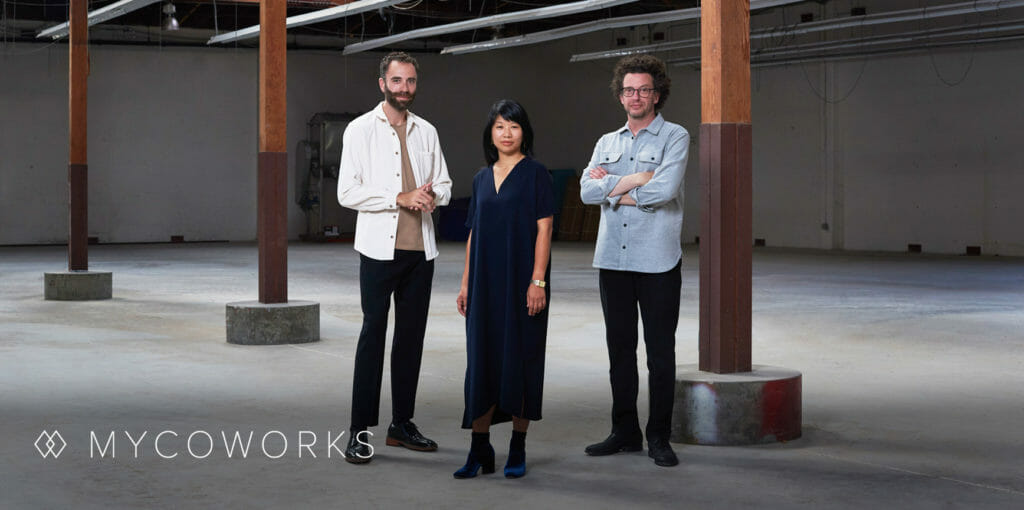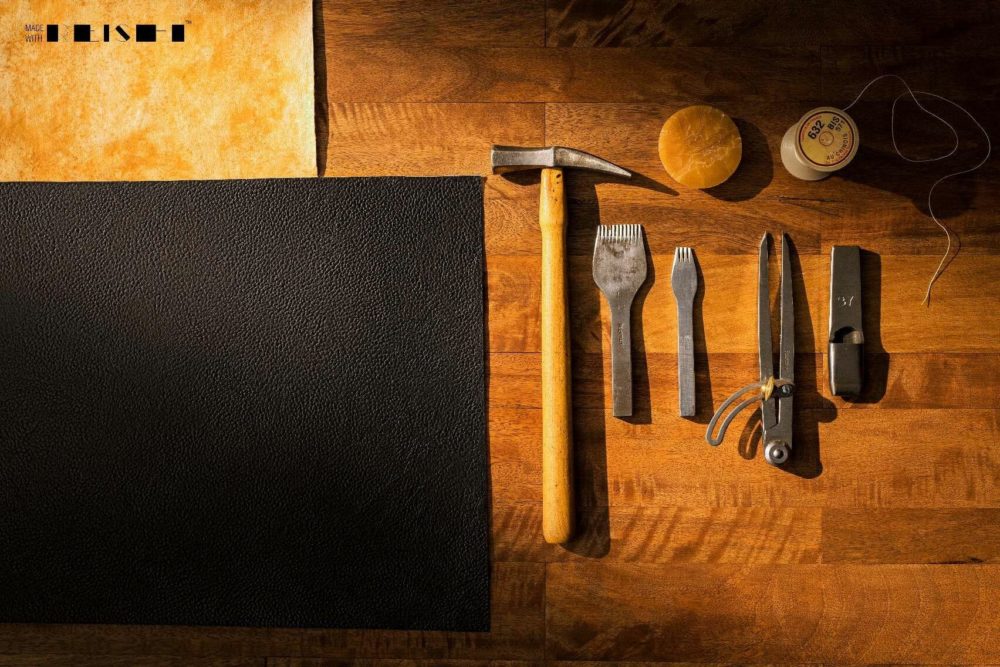Rob Leclerc is a founding partner at AgFunder, which is AFN’s parent company.
MycoWorks, which produces a lab-grown leather from mycelium (the root structure of mushroom) announced its $17 million Series A earlier this week, after its unveiling at NY Fashion Week with a feature in Vogue Magazine a couple of weeks ago. The round was led by DCVC Bio, with investment from Novo Holdings, 8VC, Future Tech Labs, Susa Ventures, Cthulhu Ventures, Wireframe Ventures, and of course AgFunder. Here’s a bit of a breakdown on why we’re excited about MycoWorks.
The discovery
Both Impossible Foods and Modern Meadow were founded in 2011. Fast forward to today, and Impossible Foods is teasing a $3 billion to $5 billion valuation and can be bought in Burger King; while Modern Meadow, which initially focused on culturing animal cells to produce leather and has since pivoted to express biomaterial proteins through fermentation, is still not at commercial scale.
The story that repeats time and time again is that plant-based meat and dairy products like Beyond Meat and Impossible Foods rocket to market, but cell-ag approaches have been slow. And don’t get me wrong, Modern Meadow has an incredible team, Andras Forgacs is as smart as they come, and I expect they’ll get there; but harnessing biology is a really really hard problem. On the other hand, plants are incredibly efficient, robust, and inherently scalable bioreactors. With this observation in mind, we’ve spent a lot of time looking for startups that can harness the generative power of plants (and fungi), and it was on this quest that we discovered MycoWorks in the Spring of 2018.
Team
I arranged for an introduction to MycoWorks’ CEO, Matt Scullin, through a mutual acquaintance. Matt has a PhD in materials sciences, was a Forbes 30 under 30, and is a serial entrepreneur having founded Alphabet Energy, which generates energy from ambient heat sources. Matt had joined MycoWorks about six months prior to lead their commercialization effort, building on the incredible progress made by Phil Ross, who had been developing the technology for over a decade, and his cofounder Sophia Wang. After our first call, I knew this was someone we wanted to work with. While a lot of people think VCs are in the business of ideas, we’re really in the people business and Matt is one of those rare entrepreneurs who is the complete package: deep technical abilities, crisp execution, a great storyteller who can paint a clear and vivid picture of the future. He’s an exceptionally nice person which is important because these can be 10-year relationships. In our reference calls on Matt, which included some previous investors in Alphabet, everyone spoke highly of Matt and his professionalism.

Product
A couple of weeks after meeting Matt, I visited MycoWorks’ lab in San Francisco where I was given a master class in leather making. Leather making is still a craftsman’s industry and the industry bible is a civil war era book called The Manufacturing of Leather published by Charles Thomas Davis in 1897. The top-grain is embossing. Color, that’s dying. Shine, that’s finishing. Thickness, that’s from cutting. However, the secrets of the master leather makers and artisans, who produce leather for companies like Hermes and Louis Vuitton, are closely guarded.
MycoWorks took me through the process and showed me a whole variety of animal leather samples and their mycelium leather. Depending on the process, you often couldn’t tell the difference between animal leather and MycoWorks’ Reishi leather. In fact, some animal leather swatches, which represented the pinnacle of leather production, looked and felt like plastic!
Animal leathers are synonymous with luxury and quality, and so it’s not sufficient to just look and feel great. It needs to be strong and durable like an animal-leather. And this is where MycoWorks stands out. The product is as tough and durable as leather, and they are constantly testing and improving the material properties for creasing (Bally Flex Resistance), abrasion, tensile strength, and colorfastness. Today they can meet the standards of leather, but as they continue to improve, it may be possible to create a material that has multivariate superiority over leather. Importantly, the material can be stitched and even used in athletic footwear, and MycoWorks has some strong IP that endows these properties. The material is also carbon negative or neutral. Mushrooms need no light; they feed off of cellulosic biomass; the waste stream is actually a valuable byproduct. This is a material for the circular economy and for people who don’t want to compromise.
Today, I carry a couple of MycoWorks’ leather swatches in my wallet. When I show it to people, I simply tell them that it’s lab-grown leather – I’m sure Matt and the team are cringing at my barbarism here! But people will touch it, stretch it, and smell and have no idea that it is not animal-leather. It’s magical to see their reaction when you tell them it comes from a fungus.
Market
Animal leather is a big market, estimated at $95.4 billion in 2018 and projected to reach $128.61 billion by 2022, but environmentally and ethically it leaves a lot to be desired. Tannery chemicals and wastewater can negatively affect health and ecosystems, and that doesn’t take into account the use of living animal hides. In 2013, Kanpur, India, became the largest exporter of leather. About 80% of the wastewater is untreated and dumped into Kanpur’s main water source, the River Ganges. Farmland is swamped with blue-tinted water, poisoned with chromium III, lead, and arsenic. Decades of contamination in the air, water, and soil have caused a variety of diseases in the people who live in the area. Health problems include asthma, eyesight problems, and skin conditions including contact dermatitis, urticaria, hand eczema, fungal infection, and atopic eczema.
The use of synthetic leather alternatives, such as PU, has grown with conscious fashion designers like Stella McCartney leading the charge away from animal-based products. Today it’s a $45 billion market, growing 10% annually, but synthetics come with their own problems. Most are made from plastic derivatives, including PVC, which Greenpeace calls the “single most environmentally damaging type of plastic.” As with real leather, the process of manufacturing “pleather” also results in unwanted byproducts and potential contaminants, as well as a material that takes 100 years to biodegrade and has been linked with the release of harmful chemicals such as chlorides into the ground when placed in landfills.
Last words
MycoWorks is combining artisanal craftsmanship and high precision biomanufacturing. Two weeks ago they launched their first material, Reishi, for the high-end fashion industry; and while we can’t name names yet, they’ve partnered with some of the most iconic fashion and footwear apparel brands in the industry to bring products to market. As MycoWorks scales, we believe they can ultimately bring their costs down to outcompete animal leather and provide a convincing alternative to petroleum-based leather whose microplastics are polluting soil and oceans.
To learn more about MycoWorks’ incredible material, visit Made With Reishi. You can see MycoWorks and the rest of AgFunder’s portfolio here.



